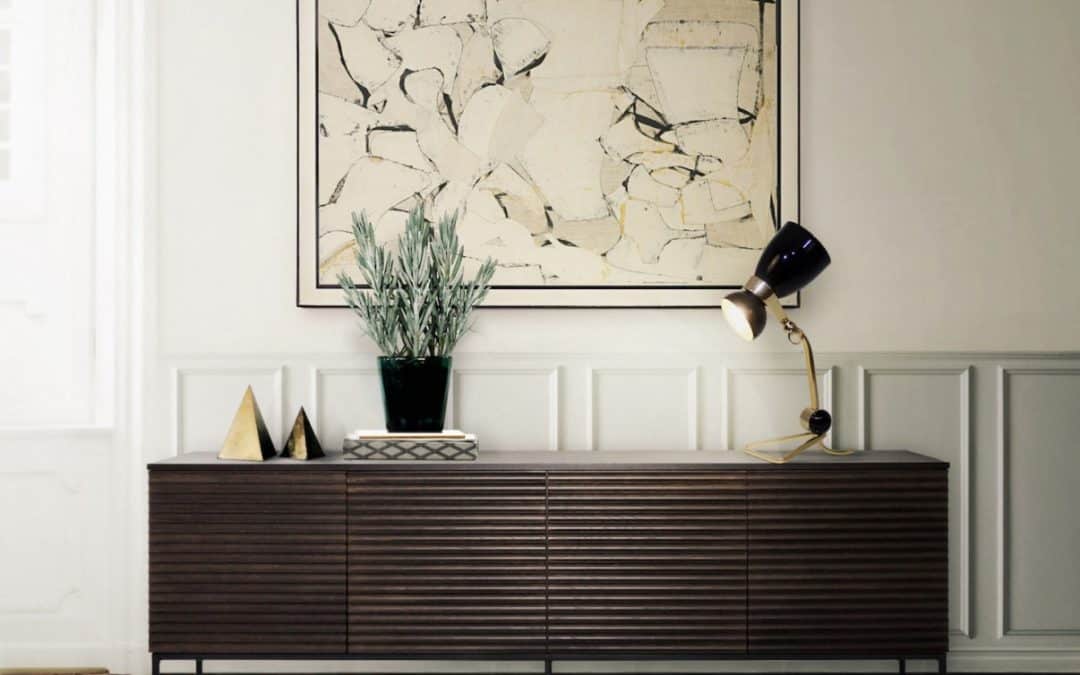Key design principles are the difference between good rooms and GREAT rooms. Beautiful rooms don’t just happen.
Effortless style isn’t so effortless. Forward planning and a few key design principles are required to create something that’s both liveable and pleasing to the senses.
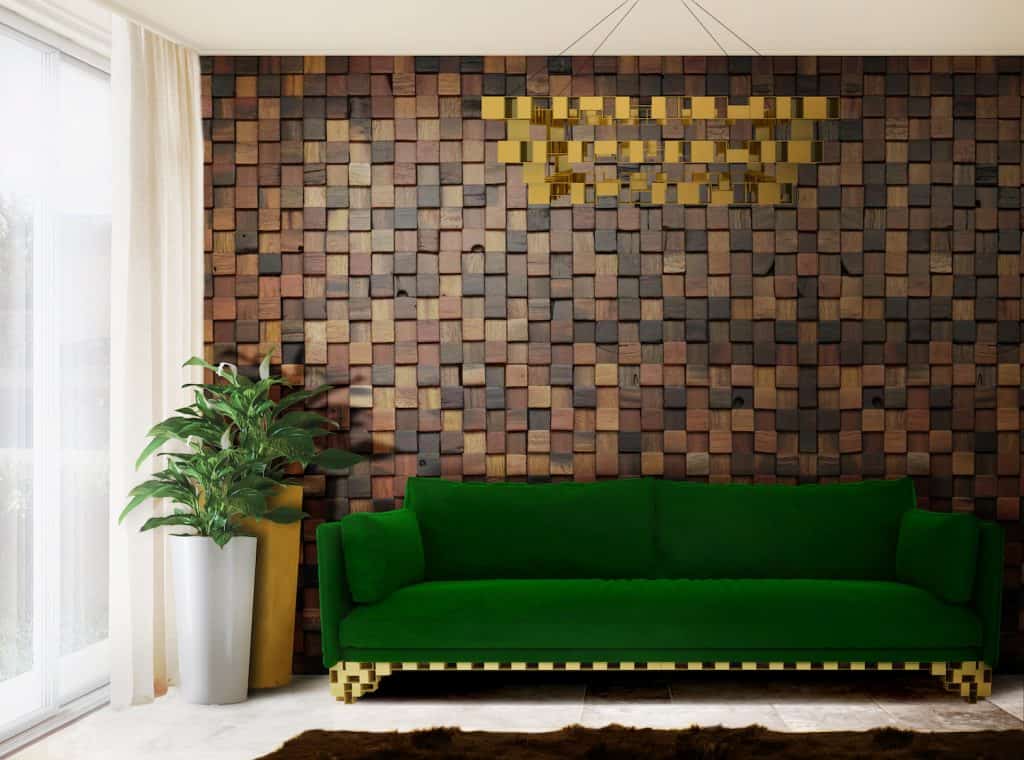
1. Key Design Principles : The Hero Feature
Every room has a hero, be it an architectural feature, fireplace, gracious window, piece of furniture, free-standing bath, art work, or rug. A hero feature can also revolve around a colour, so give this consideration. The hero feature provides a point of focus around which other elements can be co-ordinated. Look at your room and decide if there is a hero piece. If not, introduce one.
As far as key design principles go, a hero piece is very important. It can help you with the direction, colours, and balance in your room. A hero piece will draw in the eye and likely be the first thing people see when they enter the room.
A hero feature is one of the key design principles in any room – a bed in the bedroom, a rug in the dining room, wall art in the lounge, even a giant media screen in the games room.
2. Key Design Principles : Create Balance
Do you want the room to be symmetrical or asymmetrical? Either way, you will need to think about how the room is balanced. Flick through magazines and Pinterest and let your eyes settle on rooms you like. Are they symmetrical? Ordered? Are there matching lamps an equal distance apart on a hall table, for example? Are books perfectly stacked on a coffee table in relation to their size, smallest on top? Or are there collections of different sized objects that seem haphazard? (I can tell you, they are not).
Architectural elements in a room also contribute to balance. If you have very big windows you’ll need to balance these with the right window treatments (probably also large and striking) and correctly sized furniture. Similarly colours; ensure you have the right balance of colors – ideally 60 30 10.

3. Key Design Principles : Enjoy Pleasing Proportions
Linked to a balanced room is the proportion of objects to each other. Sometimes the room itself will have pleasing proportions, such as in many heritage homes. Otherwise, you’ll need to employ key design principles to ensure the elements you put IN the room relate to each other. Greg Natale is an Australian interior designer I admire greatly. I look at his rooms and just sigh with the beauty and perfection of them.
For example, don’t pair an enormous sofa with a tiny coffee table or place small chairs around a large fireplace. Similarly, when displaying objects, keep proportions in mind relative to objects near them and in the room. This relates to scale; the fourth of the seven key design principles.
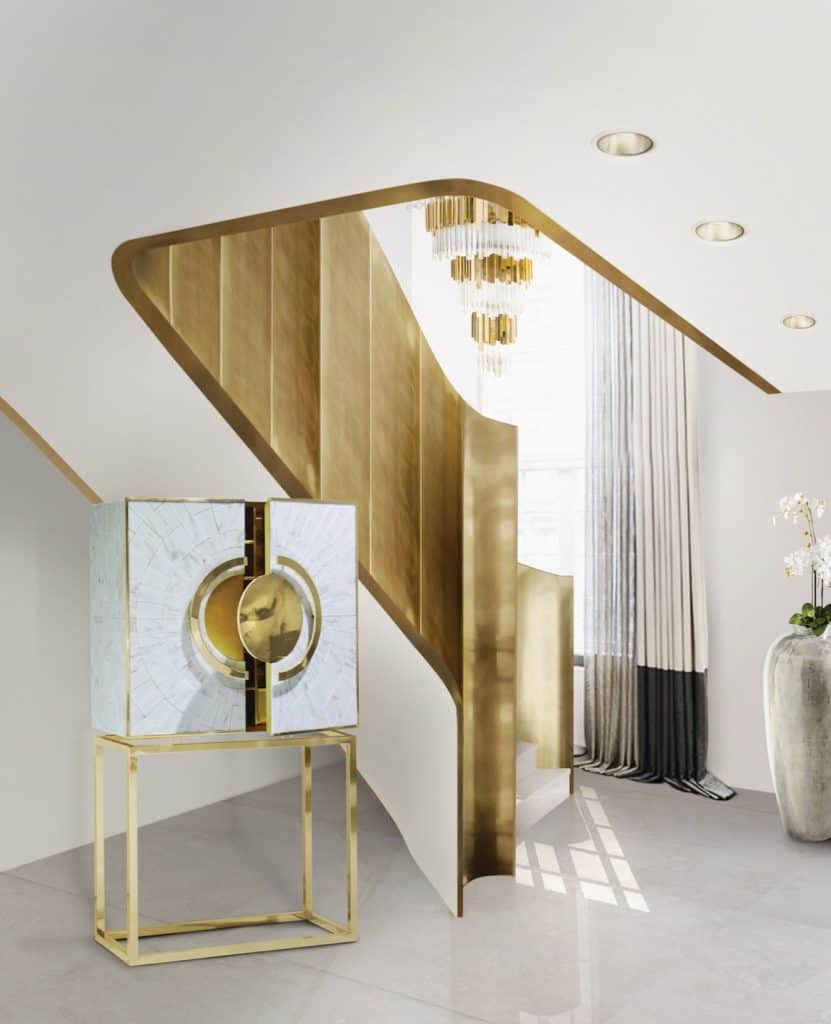
4. Key Design Principles : The Relationships of Scale
Think about the look and feel you wish to create. Depending on what feels comfortable for you, a room filled with large objects could work beautifully based on their relative relationship to each other. Similarly, a room full of small objects may also work well. But mixing the two will likely just be confusing and the room won’t feel comfortable do be in… and you may not even be sure why. Scale might be the problem if you have a room you think should be great… and it’s just not.
Scale also relates to clarity, and a confusing space can’t have clarity. The image above is from Memoir-Essence Furniture, an elegant European brand. See more of Mafalda Soares’ here on Don’t Call Me Penny by clicking the blue hyperlink.
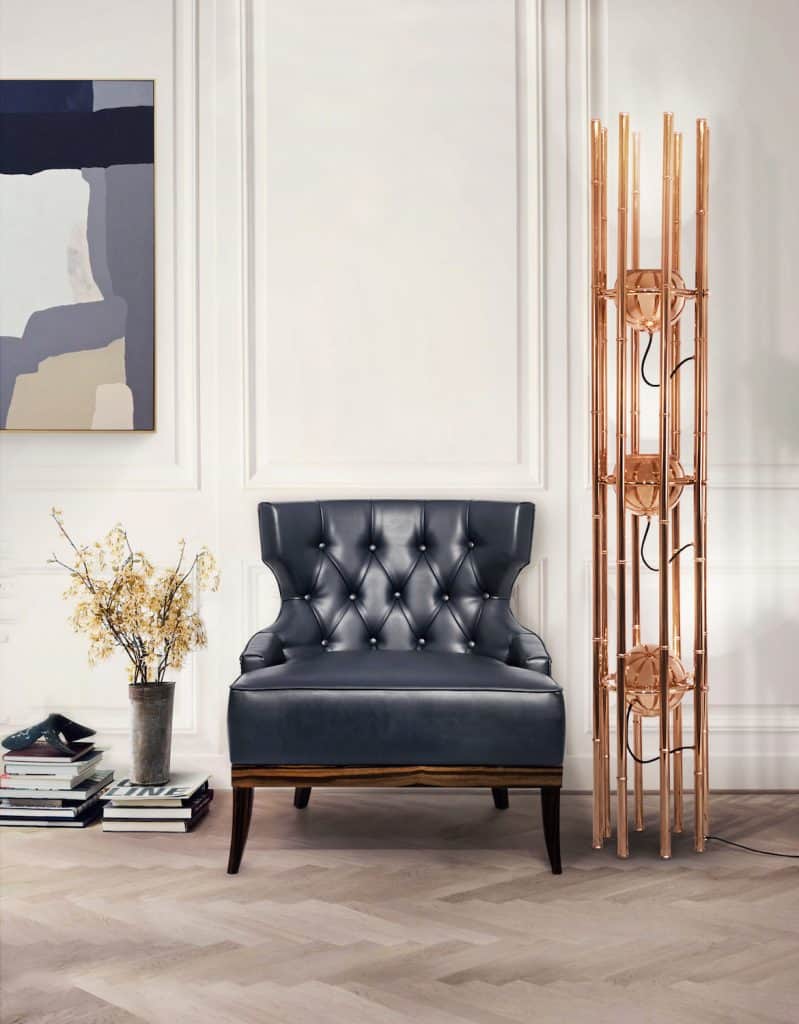
5. Key Design Principles : Understanding Colour
Don’t be afraid of colour. Many people are, so that’s why I wrote an article on working with the colour wheel. It’s the most obvious element of a room, so that may explain some of the reticence. Don’t get me wrong, I have seen (and styled) some truly gorgeous monochromatic rooms and neutral pale rooms – stunning. So colour doesn’t just refer to vibrancy. It refers to the emotions that are conveyed in a room, because colour is powerful. So understanding how colour works and how best to utilize your chosen colours will deliver to you the best result. This is where the 60 30 10 rule may come into play – the dominant colour is 60%, the secondary colour is 30%, and the accent colour is 10%.
That’s fairly simple. But once you master that you will gain more confidence to play with colour layering and colour opposites.

6. Key Design Principles : Pattern
Mastering pattern elevates a room by adding a depth of visual interest that is not achieved by other design principles. Study some of the rooms you most admire, in magazines for example, and figure out how, when, and why the designer has used pattern. It could be in fabric, furniture lines, architectural features, or other mixtures. Identify why the patterning adds the visual depth to which I referred.
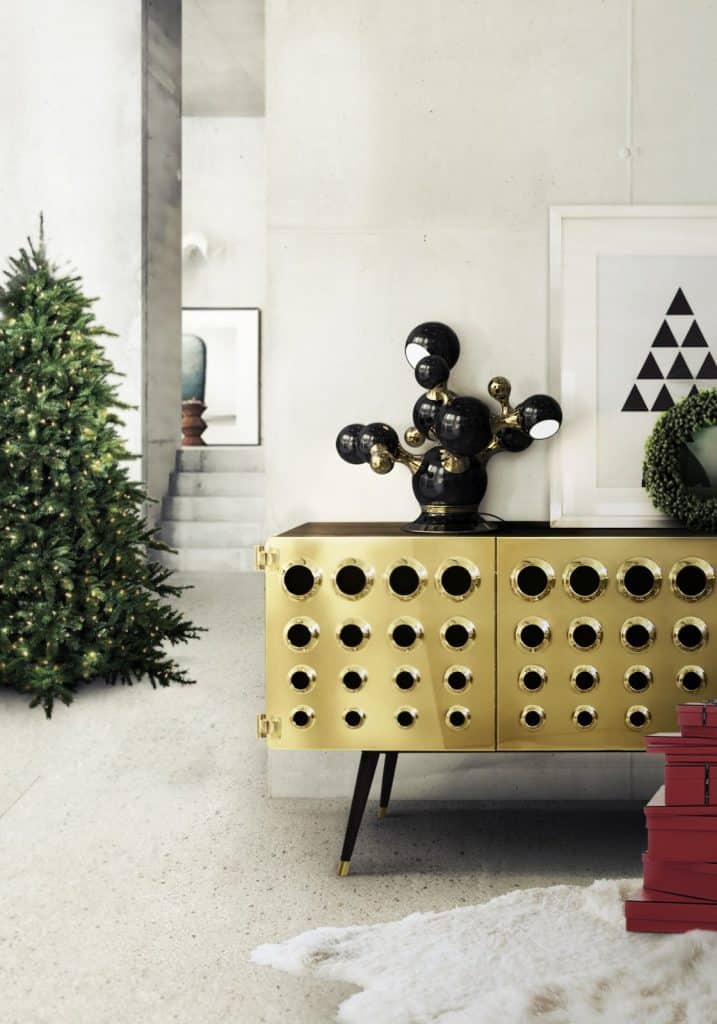
7. Key Design Principles : Texture
Texture will add visual elements to a room that elevate the look. For example, you may wish to have a white room – very Scandi or very modern monochromatic. But without texture, your room will fail. It needs dynamic aspects to create some tension. These details could be in the form of architectural features, surfaces – such as a metal table top – or textiles – such as wool, sheepskin, rugs, cushions, drapes, etc. Texture will add interesting and even luxurious interest to a room.
Home Styling and Decluttering
We now offer our home styling and decluttering services to private home owners. Please contact us for more information about how we can elevate the style and organisation of your home.
